当前位置:网站首页>SSH principle and public key authentication
SSH principle and public key authentication
2022-07-04 11:02:00 【Brother Xing plays with the clouds】
Establishment process
ssh utilize rsa Asymmetry of encryption , Share a communication key that only the two of them know , Through this communication key , They will communicate later .
The client receives the public key of the server , Encrypt the communication key generated by yourself and send it to the server , The server decrypts with private key , At this time, the two use symmetric key communication ;
Key and algorithm negotiation phase
The specific steps are as follows :
(1)
The server The end and the client respectively send algorithm negotiation messages to the opposite end , The message contains a list of public key algorithms supported by itself 、 List of encryption algorithms 、MAC(Message Authentication Code, Message verification code ) Algorithm list 、 Compression algorithm list, etc .
(2)
The server The end-to-end and client-side can get the final algorithm according to the list of algorithms supported by the opposite end and the local end . Any algorithm negotiation fails , Will result in The server The algorithm negotiation process between the client and the client failed , The server Will disconnect from the client .
(3)
Server side and client side utilization DH In exchange for (Diffie-Hellman Exchange) Algorithm 、 Host key peer parameters , Generate session key and session ID, And complete the authentication of the client to the server .
Go through the above steps , The server and the client get the same session key and session ID. For subsequent data transmission , Both sides will use the session key for encryption and decryption , Ensure the safety of data transmission . conversation ID To identify a SSH Connect , At the certification stage , conversation ID It will also be used in the authentication process at both ends .
Authentication phase
SSH Two authentication methods are provided :
1 password authentication
utilize AAA(Authentication、Authorization、Accounting, authentication 、 Authorization and billing ) Authenticate the identity of the client . The client sends a message to the server password Authentication request , Encrypt the user name and password and send them to the server ; The server decrypts the information and gets the clear text of the user name and password , Verify the legitimacy of user name and password through local authentication or remote authentication , And return the message of authentication success or failure . If the remote authentication server requires the user to conduct password authentication twice , Then a prompt message will be carried in the authentication response message sent to the server , The prompt information is transmitted to the client through the server , Output by the client and ask the user to enter a specified type of password again , When the user submits the correct password and successfully passes the authentication of the authentication server , The server will return the message of successful authentication .
2 publickey authentication
Using digital signature to authenticate the client . at present , It's available on the device RSA and DSA Two public key algorithms realize digital signature . The client send contains the user name 、 Public key and public key algorithm publickey Authentication request to the server . The server checks the validity of the public key , If it's not legal , Then send the failure message directly ; otherwise , The server uses digital signature to authenticate the client , And return the message of authentication success or failure .
The second level is key based security authentication
You need to rely on the key , That is, you have to create a pair of keys for yourself , And put the public key on the server to be accessed . If you want to connect to SSH Server , The client software will make a request to the server , Request security verification with your key . After the server receives the request , First look for your public key in your home directory on this server , Then compare it with the public key you sent . If the two keys are the same , The server is encrypted with a public key “ inquiry ” And send it to the client software . Client software received “ inquiry ” Then you can decrypt it with your private key and send it to the server . In this way , You have to know the password of your key . however , Compared with the first level , The second level does not need to send passwords over the network . The second level not only encrypts all transmitted data , and “ A middleman ” This kind of attack is impossible ( Because he doesn't have your private key ). But the entire login process may require 10 second , But compared to the way you enter your password 10 Seconds is not long
ssh Public key authentication uses this feature . Each server and client has its own public key and key . For the sake of illustration , These symbols will be used below .
Ac Client public key
Bc Client key
As Server public key
Bs Server key
Before certification , The client needs to transfer the public key in some way Ac Log on to the server .
The certification process is divided into two steps :
1 session key (session key) Generate
The client requests to connect to the server , Server will As Send to client .
The server generates the session ID(session id), Set to p, Send to client .
The client generates the session key (session key), Set to q, And calculate r = p xor q.
The client will r use As To encrypt , The result is sent to the server .
The service is used Bs To decrypt , get r.
Server run r xor p Arithmetic , get q.
So far, both the server and the client know the session key q, Future transmissions will be q encryption .
2 authentication
The server generates random numbers x, And use Ac Generate results after encryption S(x), Send to client
Client side usage Bc Decrypt S(x) obtain x
Client computing q + x Of md5 value n(q+x),q For the session key obtained in the previous step
Server computing q + x Of md5 value m(q+x)
The client will n(q+x) Send to the server
Server comparison m(q+x) and n(q+x), If the two are the same, the authentication is successful
边栏推荐
- Usage of case when then else end statement
- [Galaxy Kirin V10] [server] FTP introduction and common scenario construction
- How to deal with the relationship between colleagues
- [Galaxy Kirin V10] [server] KVM create Bridge
- 20 minutes to learn what XML is_ XML learning notes_ What is an XML file_ Basic grammatical rules_ How to parse
- JMeter common configuration components and parameterization
- Heartbeat启动后无反应
- JMeter assembly point technology and logic controller
- Quick sort (C language)
- Locust learning record I
猜你喜欢
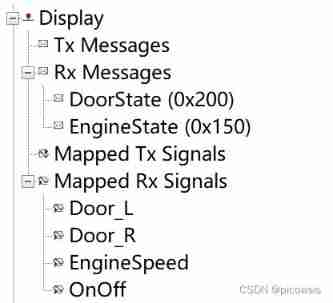
Canoe - the second simulation engineering - xvehicle - 2panel design (principle, idea)
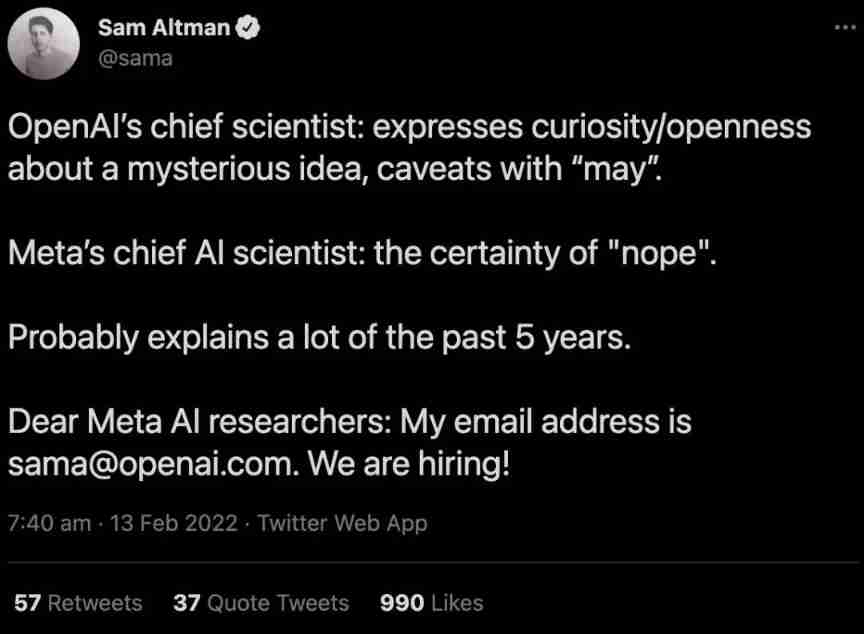
Discussion | has large AI become autonomous? Lecun, chief scientist of openai
![[machine] [server] Taishan 200](/img/e5/69a1a4ca04814a033a77d3cb4601b3.jpg)
[machine] [server] Taishan 200
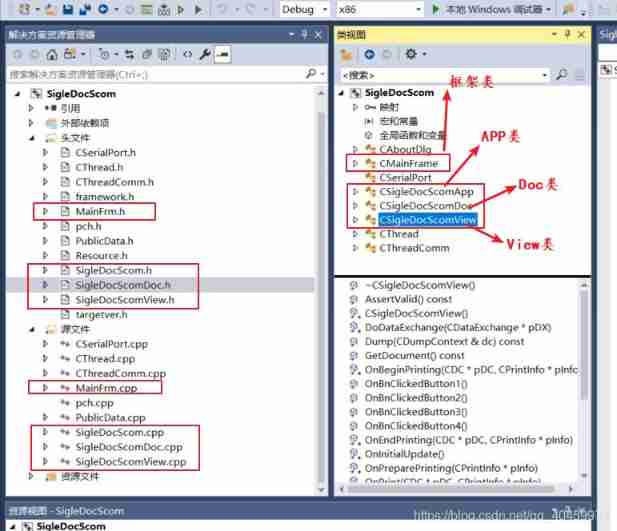
MFC document view framework (relationship between classes)
![[Galaxy Kirin V10] [desktop] printer](/img/ab/066923f1aa1e8dd8dcc572cb60a25d.jpg)
[Galaxy Kirin V10] [desktop] printer
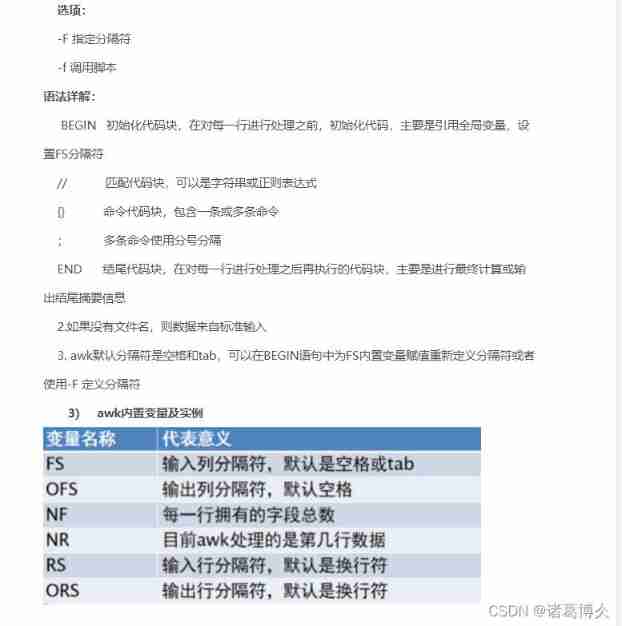
shell awk
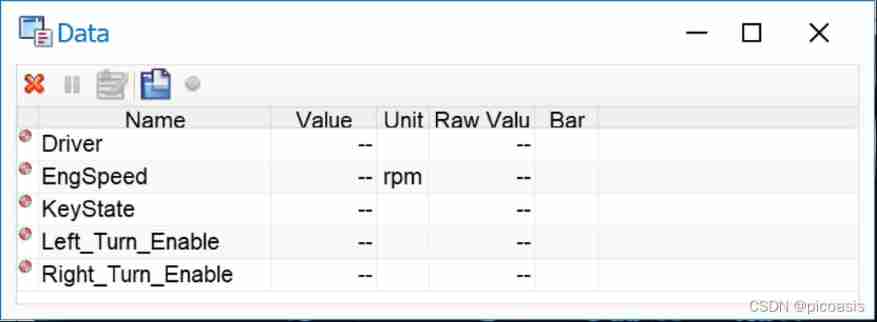
Canoe - the third simulation project - bus simulation - 3-2 project implementation

Canoe test: two ways to create CAPL test module

Appscan installation error: unable to install from Net runtime security policy logout appscan solution

Error C4996 ‘WSAAsyncSelect‘: Use WSAEventSelect() instead or define _ WINSOCK_ DEPRECATED_ NO_ WARN
随机推荐
On binary tree (C language)
Student achievement management system (C language)
Application and Optimization Practice of redis in vivo push platform
Dictionaries and collections
51 data analysis post
software test
Canoe-the second simulation project-xvehicle-1 bus database design (idea)
Replace() function
Appscan installation error: unable to install from Net runtime security policy logout appscan solution
Virtual machine configuration network
Quick sort (C language)
Elevator dispatching (pairing project) ①
MFC document view framework (relationship between classes)
[test theory] test phase analysis (unit, integration, system test)
20 kinds of hardware engineers must be aware of basic components | the latest update to 8.13
Usage of case when then else end statement
Oracle11g | getting started with database. It's enough to read this 10000 word analysis
Day06 list job
Jemeter plug-in technology
How do microservices aggregate API documents? This wave of show~